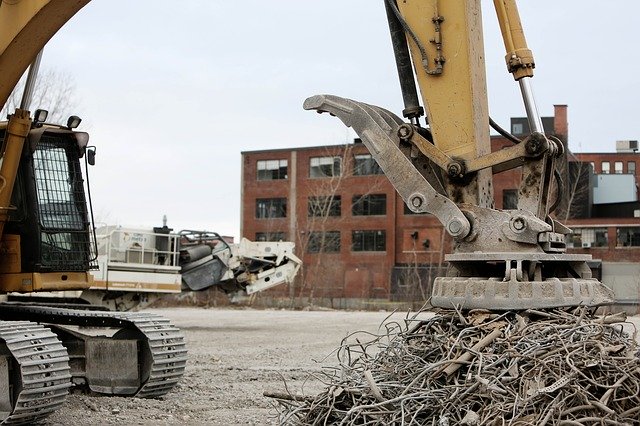Design optimization tools become readily available and easy to use (see for example Karamba or Dynamo. It is not surprising that studies exploring these tools are exploding. Many examples exist that illustrate how to design optimization models and execute optimizations. Often, however, these studies fail to provide the true impact that was expected in terms of improving the (simulated) performance of the engineering design. Showing that the deflection of a structure could be reduce by a centimeter or the material utilization used for the structure was reduced by some percent remains of course an academic exercise that can provide little evidence on the engineering impact of optimization technologies.
As we move forward in this field of research, we need to develop more studies that move away from simply showing the feasibility to apply relatively mature optimization methods towards formalizing optimization problems that matter. Finding such problems is not easy as we cannot truly estimate the outcomes of mathematical optimizations upfront. Whether a specific impact can be achieved can only be determined through experimentation – a long, labor extensive and hard process.
Even worse, identifying relevant optimization problems through a discussion with experts is difficult. The outcomes of each design optimization needs to be compared with the solution an expert designer would have developed using his intuition and a traditional design process. Hence, working with expert designers to identify problems might be tricky. After all they are experts and probably already can come up with pretty good solutions. It seems as one would rather need to identify problems that are less well understood, but still relevant. These problems might also be scarce as relevant problems are of course much more widely researched.
In the end, I think we need to set us up towards a humble and slow approach. An approach that is time consuming, that will require large scale cooperation, and needs to face many set-back in terms of providing an impact that truly matters. Maybe this is also the reason why a disruption of design practice is not yet visible. Until we will be able to truly understand how we can impact design practice with optimization we will still need to rely on human creativity and expertise for some time to come. (not saying that we should stop our efforts.



